Le Chabanais
A grotto-like lodge decorated with gilded mosaics, rocks and a noisy waterfall was the setting for the most sumptuous pleasure house of 1900s Europe.
Art Deco grand staircases, balustrades covered in gold ropes interlaced with organic motifs – welcome to Le Chabanais, a “House of All Nations.”
Opened by Madame Kelly just a few steps from the Louvre in 1878, Le Chabanais deserved its reputation for extravagance, both in the decor and the high-society personalities that spent their money and exercised their libidos in the arms of thirty superb “courtesans in residence.”
With a cost of about 1.7 million francs invested (approximately $12.5 million US) and shares sold at an exorbitant price to wealthy private investors, Le Chabanais became the most profitable bordello of the European continent. A legend of the Maison Close golden era, it was a popular stop for rich European tourists, as obligatory as a prayer in Notre Dame Cathedral or visit to the Eiffel Tower.
Like any good erotic fantasy playground, every room had a theme. The “Louis XVI” provided sex in decadent monarchic nostalgia, and the Moorish room was a favorite of poet Guy de Maupassant, who made his own replica of the room in his home. A frequent guest of Le Chabanais, King Edward VII or “Dirty Bertie” had a sphinx copper bathtub manufactured for his favored suite to allow for champagne skinny dips, while Toulouse-Lautrec, another famed brothel fancier of his era, donated to the establishment sixteen erotic oil paintings depicting centaurs in the throes of passion.
This zealous sense of decoration, in all of its excess and exotic splendor, was officially celebrated when the “Japanese Room” won the prize for “Best Design” at the prestigious 1900 Paris World’s Fair, becoming a symbol of Parisian lifestyle, opulence and modernity.
After decades of sleepless nights and erotic festivities, Le Chabanais closed, turning its red lantern off on April 13th, 1946. Houses of pleasure had been deemed illegal in the aftermath of WWII, plagued with rumors of collaboration and early feminism. All the furniture, from radiators to ashtrays, was sold at auction in 1951, scattering the fabulous interiors into private collections.
Nowadays, 12 Rue Chabanais is a very tame office building; the only remnants remaining of its sulfurous past are the double elevators that once allowed randy customers to visit the different floors without risking an awkward run-in with other visitors.
Know Before You Go
Metro Pyramides - Ligne 14 Quatres Septembre - Ligne 3
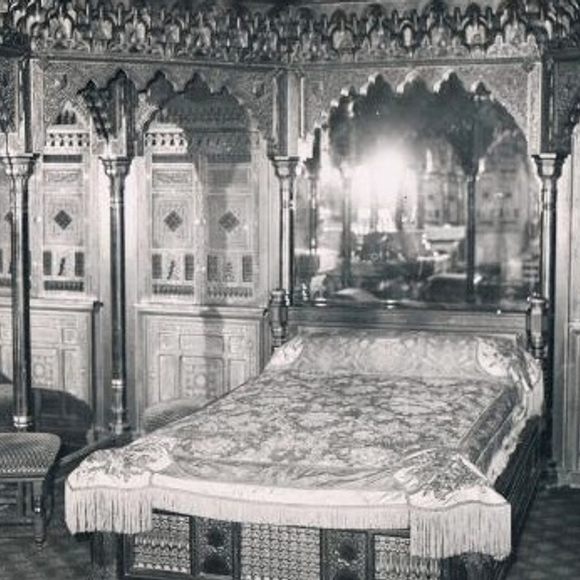




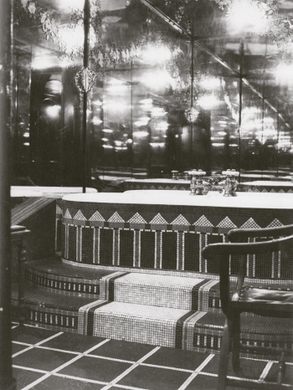
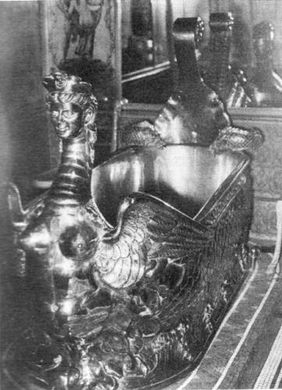
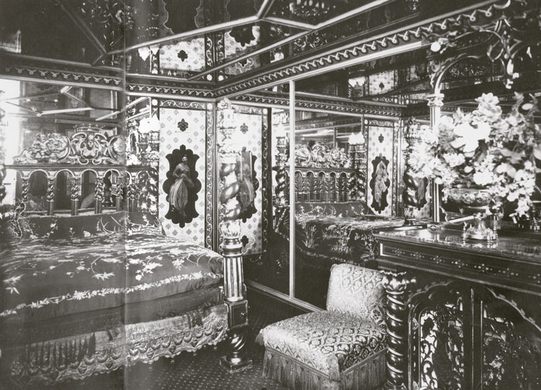







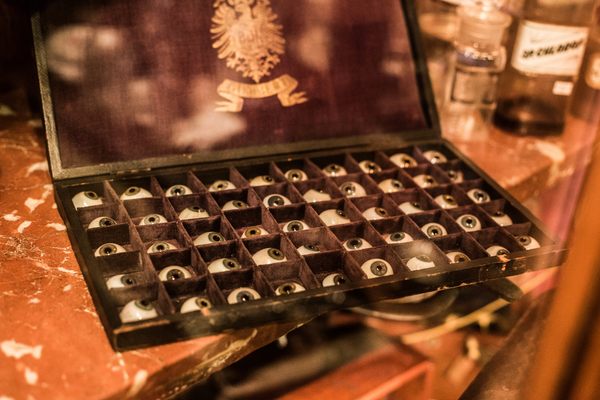




Follow us on Twitter to get the latest on the world's hidden wonders.
Like us on Facebook to get the latest on the world's hidden wonders.
Follow us on Twitter Like us on Facebook